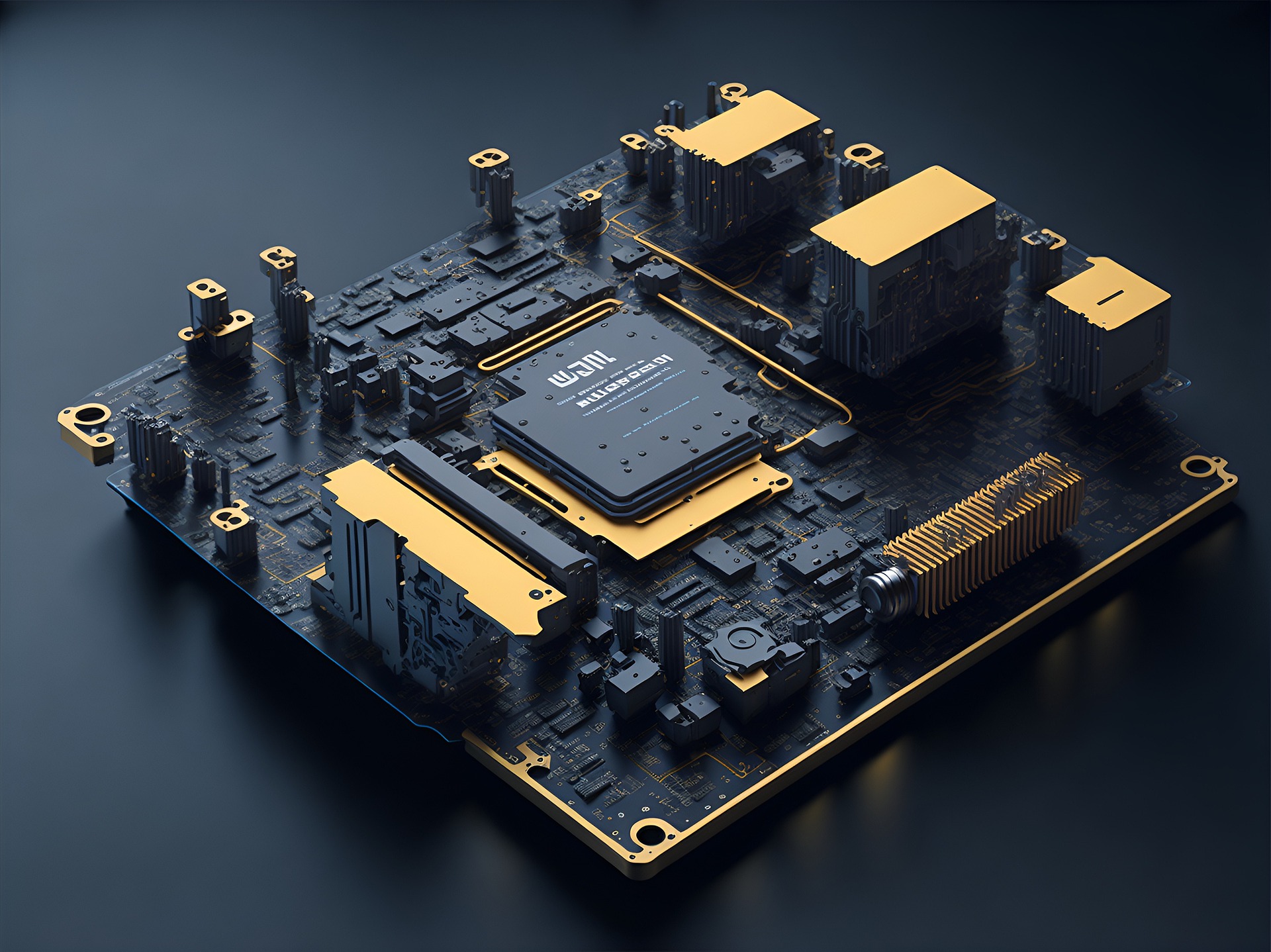Understanding Optical Computing: The Future of Processing Power
From the moment computers first hummed to life, every new era in computing has been signposted by radical advancements. The late 20th century saw the shift from vacuum tubes to transistors, which paved the way for integrated circuits. Now, as we brush against the limits of Moore's Law, the future of computing power might lie in the obscure realm of light. Welcome to the potential reality of Optical Computing.

The Birth of an Idea: A Blast from the Past
While Optical Computing conjures images of ground-breaking, cutting-edge technology, the idea has deep roots in our technological past. Its origins trace back to the 1960s, around the birth of the semiconductor era. Early pioneers envisioned an era where computers would use photons rather than electrons to process and transfer information. Due to technical challenges and the rapid development of semiconductor tech, Optical Computing took a back seat.
The Unexplored Yet Promising Landscape of Optical Computing
Fast forward fifty years, and the world is teetering towards the ceiling of our silicon-based technology, highlighted by reports of the impending limit of our processing power. The concept of Optical Computing, presently adorned with fascination, offers a solution—touting powerful processing capabilities, superior speed, lesser power consumption, and heat emission.
How It Works: Lightening up the Complex World
The core functionality of Optical Computing comes from lasers, allowing information to be transferred at the speed of light. It uses nonlinear optical materials that effectively function as ‘light switches’. This equates to information processing that surpasses even the might of contemporary supercomputers.
The Potential Market Impact and Price Expectation
While it is too early to estimate the exact market impact and price range, we can safely anticipate that Optical Computing will first make its mark in high-demand areas such as data centers, high-performance computing, and computational heavy scientific endeavors. Consumers may have to wait a little longer to see light-based chips in phones or laptops, as the price point for these novel devices will initially be well beyond an average gadget budget.
The Current Scenario: Dawn of a New Era
Several tech giants and research institutions are already delving into this captivating premise. Last year, news broke about a team developing a hybrid light-matter chip, signalling a leap towards the future of Optical Computing. While the mainstream use of optical computers is still a way off, these current developments promise a new technological revolution on the horizon.
Just as semiconductors changed the game in the late 20th century, Optical Computing is poised to redefine the landscape in the 21st. Beyond an upgrade from silicon, this could be the next quantum leap, taking us into the era of computing at light speed. It not only possesses the prowess to catapult our computational power to remarkable heights but also brings the potential to redesign our modern digital world. The horizon is bright, indeed—lit up by the promise of computing with light.




